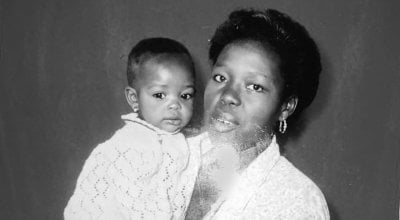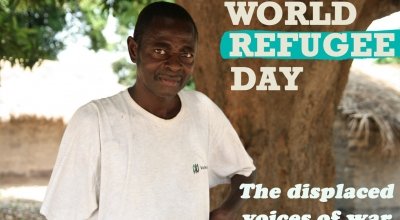
Read our 2023 annual report

Knowledge Hub
DRC crisis: Your questions answered
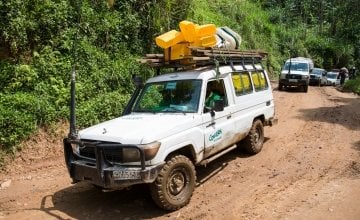
As violence intensifies in Democratic Republic of Congo (DRC), Concern's Country Director in DRC, Grégoire Borgoltz, outlines the factors contributing to the escalating humanitarian crisis.
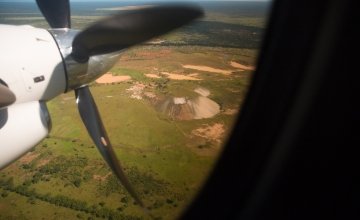
What's happening in DRC right now?
This country is facing a massive humanitarian crisis. Scene of one of probably Africa’s worst ever civil wars during the late 1990s, is now being riven by a whole series of smaller conflicts over land, resources, and power. The Democratic Republic of Congo has the biggest number of people displaced by conflict on a continent that has the most displaced people in the world. In 2017, an average of 5,500 people abandoned their homes and livelihoods every day, bringing the total to over 4 million.
In 2017, an average of 5,500 people abandoned their homes and livelihoods every day."
Most of the new displacements happened in the southern central province of Kasai and Tanganyika, in the country’s southeast. These are two regions that had been relatively peaceful for years. These two crises come on top of the historical hotspots, such as North and South Kivu provinces, in the country’s east. That in turn has precipitated a hunger crisis, with 7.7 million people facing acute hunger and 1.9 million children suffering from severe acute malnutrition. The majority of people here do not have access to clean water and the country is currently undergoing the worst-recorded cholera outbreaks of this decade. The sheer scale of the problem is huge.
Why aren't we hearing much about it?
Part of the problem is probably down to “crisis fatigue.” Although the most recent conflict broke out in Kasai in 2016, there was little media interest until the murder of two UN investigators in March 2017. The recent assassination of 14 UN peacekeepers in North Kivu also contributed to an increase in public awareness, but it’s still a struggle to get people interested.
It's hard to keep people interested in countries that have been plagued by conflict for decades.
Concern and other agencies have been flagging the deteriorating situation in DRC for quite some time and the UN recently decided to declare a Level 3 (L3) emergency – the highest alert level – in three provinces regions, in an effort to attract attention. There are so many other very visible crises in the news and it’s hard to keep people interested in countries that have been plagued by conflict for decades.
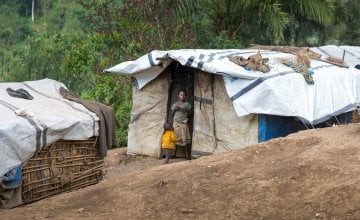
What's being done about it?
A simple answer would be: not enough. The number of people requiring humanitarian assistance currently stands at 13 million — a rise of six million over this time last year. And that is expected to increase. The UN 2018 international humanitarian funding appeal for DRC is the biggest in the world — a record 1.6 billion dollars — and yet the most recent appeal is less than half funded. And the problem is getting worse.
The UN 2018 international humanitarian funding appeal for DRC is the biggest in the world - a record $1.6 billion."
A rising trend is that donors are now pushing their partners to get more quickly to where the greatest needs are, and agencies are forced to propose innovative approaches. For example, Concern recently created a mobile team to respond to the most recent displacements in North Kivu. In December, we distributed kits containing essential household and hygiene items to 2,500 people forced to flee their homes less than 10 days after an alert was launched. Examples like this, more coherent advocacy messages, and a more targeted humanitarian response will hopefully spur more donors to action.
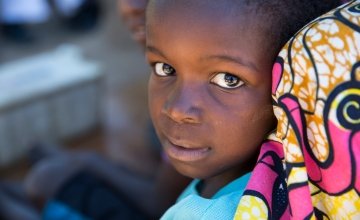
Where is Concern working and what are we doing?
We have a presence North Kivu, Kasai, and Tanganyika and Haut Lomami. In 2017, we opened three offices in areas most affected by conflicts, aiming to assist displaced families either in-kind, where markets are affected by the crisis, or cash-based where they are still functional.
...providing access to clean water for more than 600,000 people across seven provinces...
With support from the U.S. Office of Foreign Disaster Assistance (OFDA), Concern is providing emergency shelter and access to safe water for 61,000 people in Tanganyika and Haut-Lomami. We have also been using the Graduation approach, where we provide targeted cash assistance and training to our beneficiaries to assist them to graduate from extreme poverty. Thanks to the donations of the public, we were able to conduct distributions of cash and household materials to 12,000 displaced people who had fled their homes in Kasai and Tanganyika.
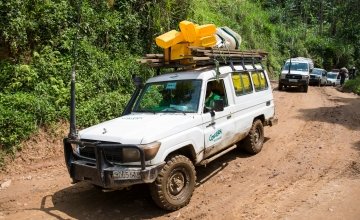
Meanwhile, we will continue to implement development programs in areas that are not affected by conflicts, where we can work efficiently on tackling the root causes of extreme poverty. We are the lead agency of the biggest water, sanitation, and hygiene consortium in DRC, providing access to clean water for more than 600,000 people across seven provinces.
What will happen next?
It is hard to know what will happen, but I have not heard anyone who thinks that the situation will improve in 2018. DRC is very unpredictable and there’s potential for things to get a lot worse. Elections have been postponed due to instability and the danger is a continuing cycle of violence and upheaval, affecting the poorest and most vulnerable the most. Concern will continue to respond, but it’s going to take a lot more effort on behalf of the international community before this gets better.
You can help
Your support helps us to provide rapid humanitarian relief in emergency situations like DRC.




